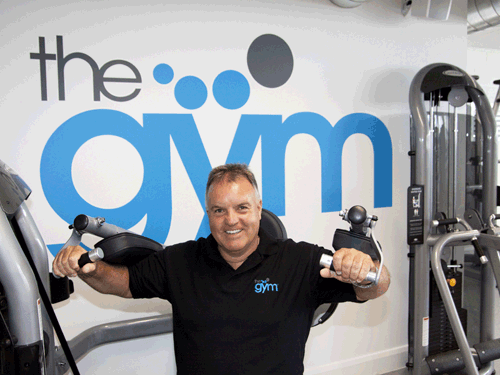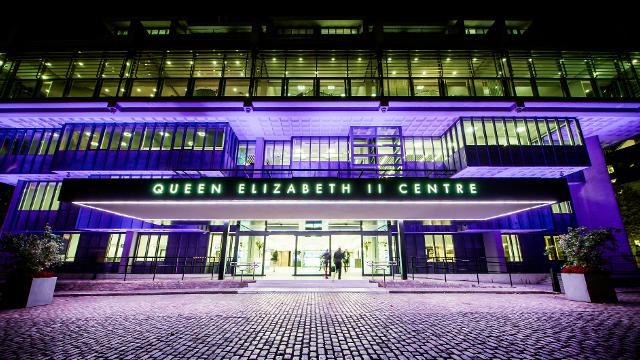see all jobs
UK health club membership surges past 8 million
The UK health and fitness industry has more clubs, more members and a greater market value than ever before, with the majority of growth being driven by low cost operators, according to the 2014 State of the UK Fitness Industry (SOFI) Report.
For the first time ever, health club member numbers have moved past eight million, market value has exceeded £4bn and the penetration rate is at an all time high of 13.2 per cent. The penetration rate signifies the percentage of the UK population that are members of a health club and reflects a welcome improvement on last year’s figure of 12.6 per cent.
The 2014 report highlights that the industry has experienced another year of growth over the twelve month period to the end of March 2014, with increases across all three KPIs – 3.9 per cent in value, 1.5 per cent in the number of fitness facilities and a 4.5 per cent rise in the number of members.
The sector’s gains continue to be driven by the low cost market, which performed well across the metrics. This end of the market now accounts for 7.7 per cent of the total number of private clubs, 7.3 per cent of the private market value and a 18.7 per cent of private sector membership. But despite the strong returns, there were fewer new openings last year than in the previous 12 months, suggesting the low cost growth curve may be starting to tail off.
“On the face of it these are another set of great figures for the industry but the devil, as usual, is in the detail,” said David Minton, director of The Leisure Database Company – the firm behind the SOFI report.
“The figures, while all going in the right direction, are at the same time pedestrian and failing to have the desired impact on the health of the nation. The industry has become an idle industry and is looking to ‘best practice’ and ‘common sense’ to solve a current, insoluble problem. Although we’re coming out of the malaise which started in 2008, the industry is now ripe for disruption.”
- News by sector (all)
- All news
- Fitness
- Personal trainer
- Sport
- Spa
- Swimming
- Hospitality
- Entertainment & Gaming
- Commercial Leisure
- Property
- Architecture
- Design
- Tourism
- Travel
- Attractions
- Theme & Water Parks
- Arts & Culture
- Heritage & Museums
- Parks & Countryside
- Sales & Marketing
- Public Sector
- Training
- People
- Executive
- Apprenticeships
- Suppliers





























